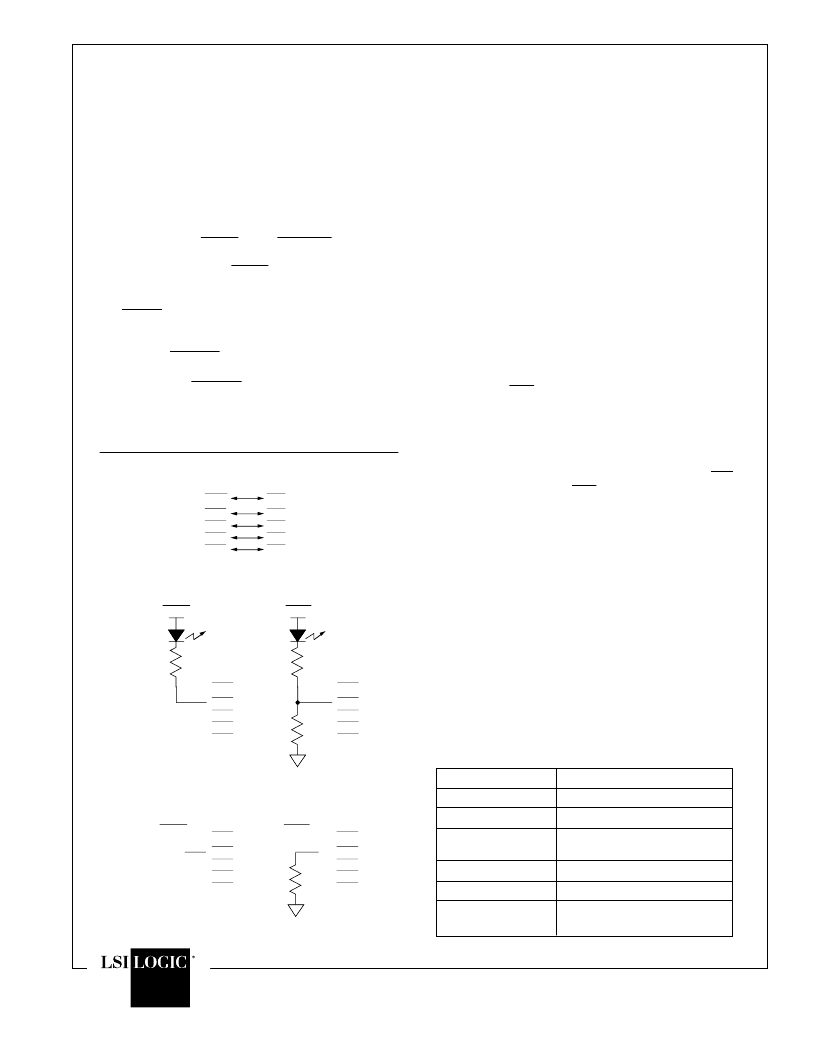- 您現(xiàn)在的位置:買(mǎi)賣(mài)IC網(wǎng) > PDF目錄369830 > LQ80221 LAN Transceiver PDF資料下載
參數(shù)資料
| 型號(hào): | LQ80221 |
| 英文描述: | LAN Transceiver |
| 中文描述: | 網(wǎng)絡(luò)收發(fā)器 |
| 文件頁(yè)數(shù): | 53/91頁(yè) |
| 文件大小: | 907K |
| 代理商: | LQ80221 |
第1頁(yè)第2頁(yè)第3頁(yè)第4頁(yè)第5頁(yè)第6頁(yè)第7頁(yè)第8頁(yè)第9頁(yè)第10頁(yè)第11頁(yè)第12頁(yè)第13頁(yè)第14頁(yè)第15頁(yè)第16頁(yè)第17頁(yè)第18頁(yè)第19頁(yè)第20頁(yè)第21頁(yè)第22頁(yè)第23頁(yè)第24頁(yè)第25頁(yè)第26頁(yè)第27頁(yè)第28頁(yè)第29頁(yè)第30頁(yè)第31頁(yè)第32頁(yè)第33頁(yè)第34頁(yè)第35頁(yè)第36頁(yè)第37頁(yè)第38頁(yè)第39頁(yè)第40頁(yè)第41頁(yè)第42頁(yè)第43頁(yè)第44頁(yè)第45頁(yè)第46頁(yè)第47頁(yè)第48頁(yè)第49頁(yè)第50頁(yè)第51頁(yè)第52頁(yè)當(dāng)前第53頁(yè)第54頁(yè)第55頁(yè)第56頁(yè)第57頁(yè)第58頁(yè)第59頁(yè)第60頁(yè)第61頁(yè)第62頁(yè)第63頁(yè)第64頁(yè)第65頁(yè)第66頁(yè)第67頁(yè)第68頁(yè)第69頁(yè)第70頁(yè)第71頁(yè)第72頁(yè)第73頁(yè)第74頁(yè)第75頁(yè)第76頁(yè)第77頁(yè)第78頁(yè)第79頁(yè)第80頁(yè)第81頁(yè)第82頁(yè)第83頁(yè)第84頁(yè)第85頁(yè)第86頁(yè)第87頁(yè)第88頁(yè)第89頁(yè)第90頁(yè)第91頁(yè)

80220/80221
4-53
MD400159/E
the address s desired, then a 50K resistor to GND must be
added as shown in Figure 15b.
If no LED's are needed on the LED outputs, the selection
of addresses can be done as shown n Figure 15c. If a high
address is desired, the pin should be left floating and the
internal pullup will pull the pin high during power-on reset
time and latch in a high address value. If a low address is
desired, then the MDINT and PLED[3:0] output pins
should be tied either directly o GND or hrough an optional
50K resistor to GND. PLED3 should always be tied
through a 50K resistor to GND since t has both pullup and
pulldown capability. The optional 50K resistor also allows
the MDINT and PLED[2:0] pins to be used as digital
outputs under normal conditions.
Note that the MDA[4:0] addresses are inverted inside the
80220/80221 before going to the MI serial port block. This
means that the MDA[4:0] pins would have to be pin
strapped to 11111 externally in order to successfully
match the MI physical address bits PHYAD[4:0]=00000
internally.
Figure 15. Serial Device Port Address Selection
5.11 LONG CABLE
IEEE 802.3 specifies that 10BaseT and 100BaseTX oper-
ate over twisted pair cable lengths of between 0-100
meters. The squelch evels can be reduced by 4.5 dB f the
receive level adjust bit is appropriately set in the MI serial
port Configuration 1 register, which will allow the 80220/
80221 to operate with up to 150 meters of twisted pair
cable. The equalizer s already designed to accommodate
between 0-125 meters of cable.
5.12 AUTOMATIC JAM
The 80220/80221 has an automatic JAM generation fea-
ture which automatically transmits a JAM packet when
receive activity is detected. This feature is primarily de-
signed to give the user a means to easily implement half
duplex flow control. In a typical application, a watermark
signal from a system FIFO or memory would be tied
directly to the JAM pin. When the system FIFO is nearly
full and more data s ncoming rom receiver, he device will
automatically transmit a JAM packet and create a collision
which will cause the far end device to backoff allowing time
for the system FIFO to empty itself.
The JAM generation eature requires hat he RX_EN/JAM
pin be programmed for JAM. This can be done by
appropriately setting the R/J configuration select bit in the
MI serial port Configuration 2 register.
5.13 OSCILLATOR
The 80220/80221 requires a 25 Mhz reference frequency
for internal signal generation. This 25 Mhz reference
frequency can be generated by either connecting an
external 25 Mhz crystal between OSCIN and GND or by
applying an external 25 Mhz clock to OSCIN.
If the crystal oscillator is used, it needs only a crystal, and
no other external capacitors or other components are
required. The crystal must have the characteristics shown
in Table 24. The crystal must be placed as close as
possible to OSCIN and GND pins so that parasitics on
OSCIN are kept to a minimum.
Table 24. Crystal Specifications
Parameter
Type
Frequency
Equivalent Series
Resistance
Load Capacitance
Case Capacitance
Power
Dissipation
Spec
Parallel Resonant
25 Mhz +/- 0.01%
25 ohms max
18 pF typ
7 pF max
1mW max
a.) OUTPUT DRIVER / INPUT ADDRESS CORRESPONDENCE
b.) SETTING ADDRESS WITH LEDs
500
500
50 K
HIGH
LOW
c.) SETTING ADDRESS WITHOUT LEDs
HIGH
LOW
FLOAT
PLED3
PLED2
PLED1
PLED0
MDINT
PLED3
PLED2
PLED1
PLED0
MDINT
PLED3
PLED2
PLED1
PLED0
PLED3
PLED2
PLED1
PLED0
MDA3
MDA2
MDA1
MDA0
PLED3
PLED2
PLED1
PLED0
MDINT
MDA4
MDINT
(OPT)
MDINT
50K
相關(guān)PDF資料 |
PDF描述 |
|---|---|
| LQT100X | Peripheral IC |
| LQT1KX | Peripheral IC |
| LQT50X3 | Peripheral IC |
| LQT60X3 | Peripheral IC |
| LQV3M2768-3CGR | Peripheral IC |
相關(guān)代理商/技術(shù)參數(shù) |
參數(shù)描述 |
|---|---|
| LQ821 | 制造商:POLYFET 制造商全稱(chēng):Polyfet RF Devices 功能描述:SILICON GATE ENHANCEMENT MODE RF POWER LDMOS TRANSISTOR |
| LQ9D161 | 制造商:SHARP 制造商全稱(chēng):Sharp Electrionic Components 功能描述:DEVICE SPECIFICATION FOR TFT-LCD module |
| LQ9D340 | 制造商:SHARP 制造商全稱(chēng):Sharp Electrionic Components 功能描述:Color TFT-LCD Module for Measuring instruments/Banking terminals |
| LQA03TC600 | 功能描述:整流器 Q-Series 600V 3A Ultra Low Qrr RoHS:否 制造商:Vishay Semiconductors 產(chǎn)品:Standard Recovery Rectifiers 配置: 反向電壓:100 V 正向電壓下降: 恢復(fù)時(shí)間:1.2 us 正向連續(xù)電流:2 A 最大浪涌電流:35 A 反向電流 IR:5 uA 安裝風(fēng)格:SMD/SMT 封裝 / 箱體:DO-221AC 封裝:Reel |
| LQA05TC600 | 功能描述:整流器 Q-Series 600V 5A Ultra Low Qrr RoHS:否 制造商:Vishay Semiconductors 產(chǎn)品:Standard Recovery Rectifiers 配置: 反向電壓:100 V 正向電壓下降: 恢復(fù)時(shí)間:1.2 us 正向連續(xù)電流:2 A 最大浪涌電流:35 A 反向電流 IR:5 uA 安裝風(fēng)格:SMD/SMT 封裝 / 箱體:DO-221AC 封裝:Reel |
發(fā)布緊急采購(gòu),3分鐘左右您將得到回復(fù)。